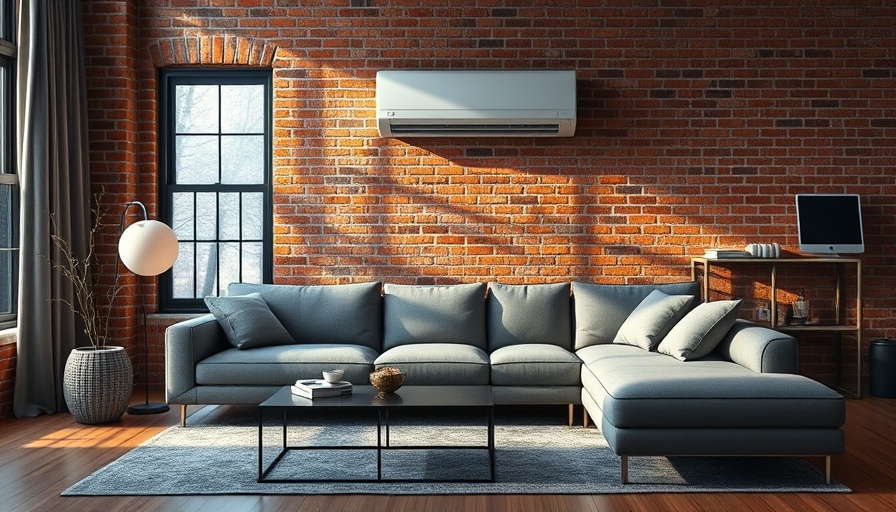
Is It Time to Check Your AC Settings?
As the temperature rises, many homeowners face a common question: Should I set my air conditioning (AC) unit to "Auto" or "On"? Depending on your preference and understanding, the answer might differ, but HVAC experts generally agree on the benefits of the "Auto" setting. Let's break down why this simple adjustment can make a significant difference in both comfort and energy savings.
The Basics of AC Settings
Setting your AC to "Auto" means that the fan runs only when the AC unit is actively cooling your home, while the "On" setting keeps the fan running all the time. When the fan is always on, it circulates the air continuously—which it sounds great for consistent airflow, but it can result in a spike in electricity bills.
Energy Efficiency: Auto vs. On
One of the biggest advantages of using the "Auto" setting is energy efficiency. HVAC systems work best when they can cycle on and off as needed. By using less energy, this helps reduce your electricity costs over time. According to the U.S. Department of Energy, utilizing the "Auto" feature can lower your electric bills significantly, especially during the hottest months of the year.
Comfort Level and Air Quality
Another benefit of setting your AC to "Auto" is maintaining better air quality. In the "On" setting, the fan continues to circulate air, which can also include dust and allergens. With "Auto," the fan helps filter out particles as it rests between cycles, providing cleaner air for you and your family.
Common Misconceptions About AC Settings
Some homeowners worry that using the "Auto" setting can cause temperature swings and make it feel less comfortable. However, modern HVAC systems are designed to regulate temperature consistently. The "Auto" setting, along with proper insulation and sealing, works to maintain a steady climate without causing large temperature fluctuations.
Practical Tips for Homeowners
When choosing between settings, start by experimenting in a few rooms. Set your AC to "Auto" for a few days and monitor how it feels. You might notice a quieter environment with consistent temperature and ultimately lower energy bills!
In conclusion, while both settings have their advantages, switching to "Auto" might be the best choice for energy efficiency and indoor air quality. Consider this small change this summer and see how it affects your comfort and bills.
Let’s take control of our home comfort and energy costs together! Set your AC to "Auto" today and experience the difference.
 Add Row
Add Row  Add
Add 




Write A Comment